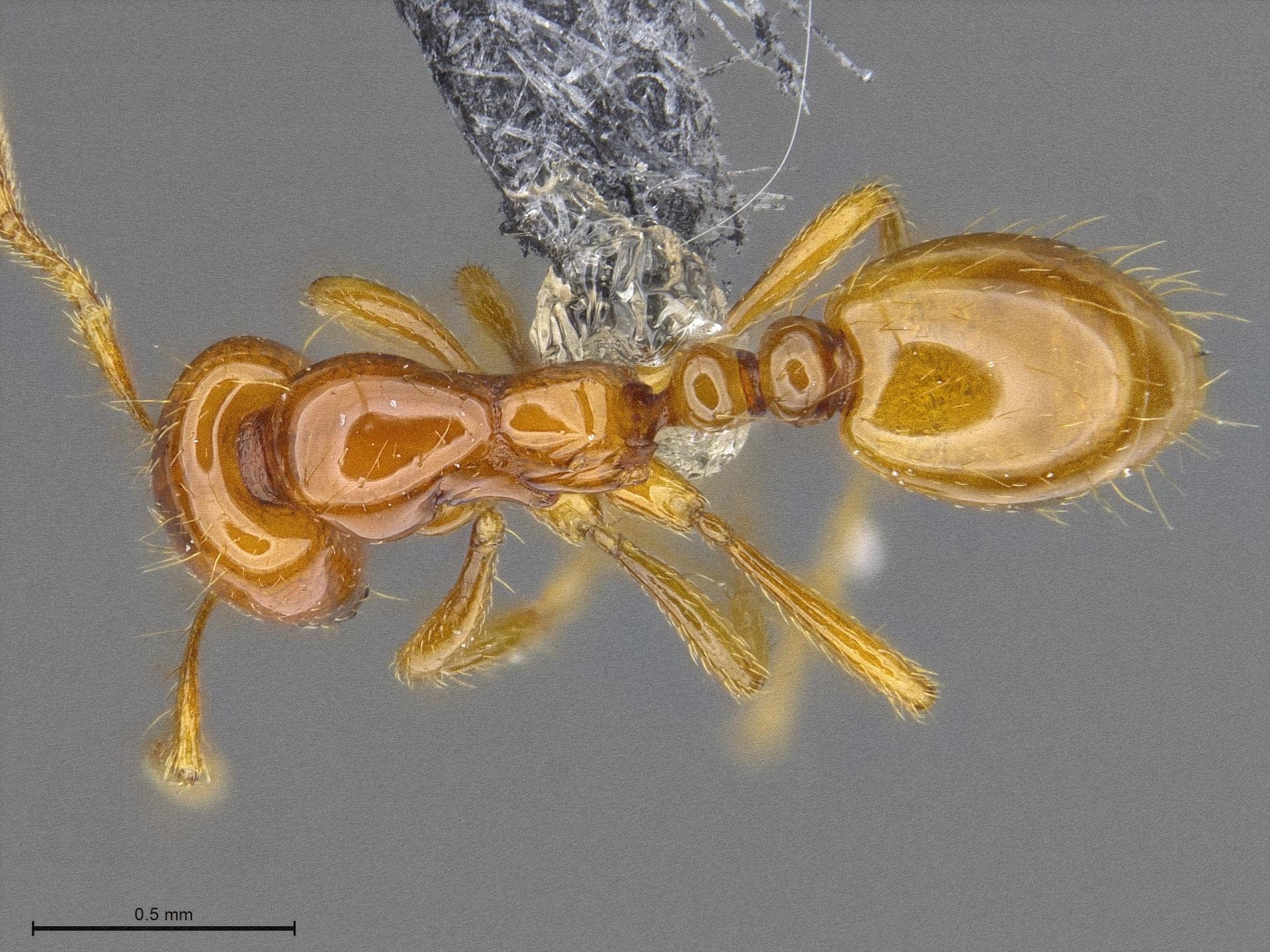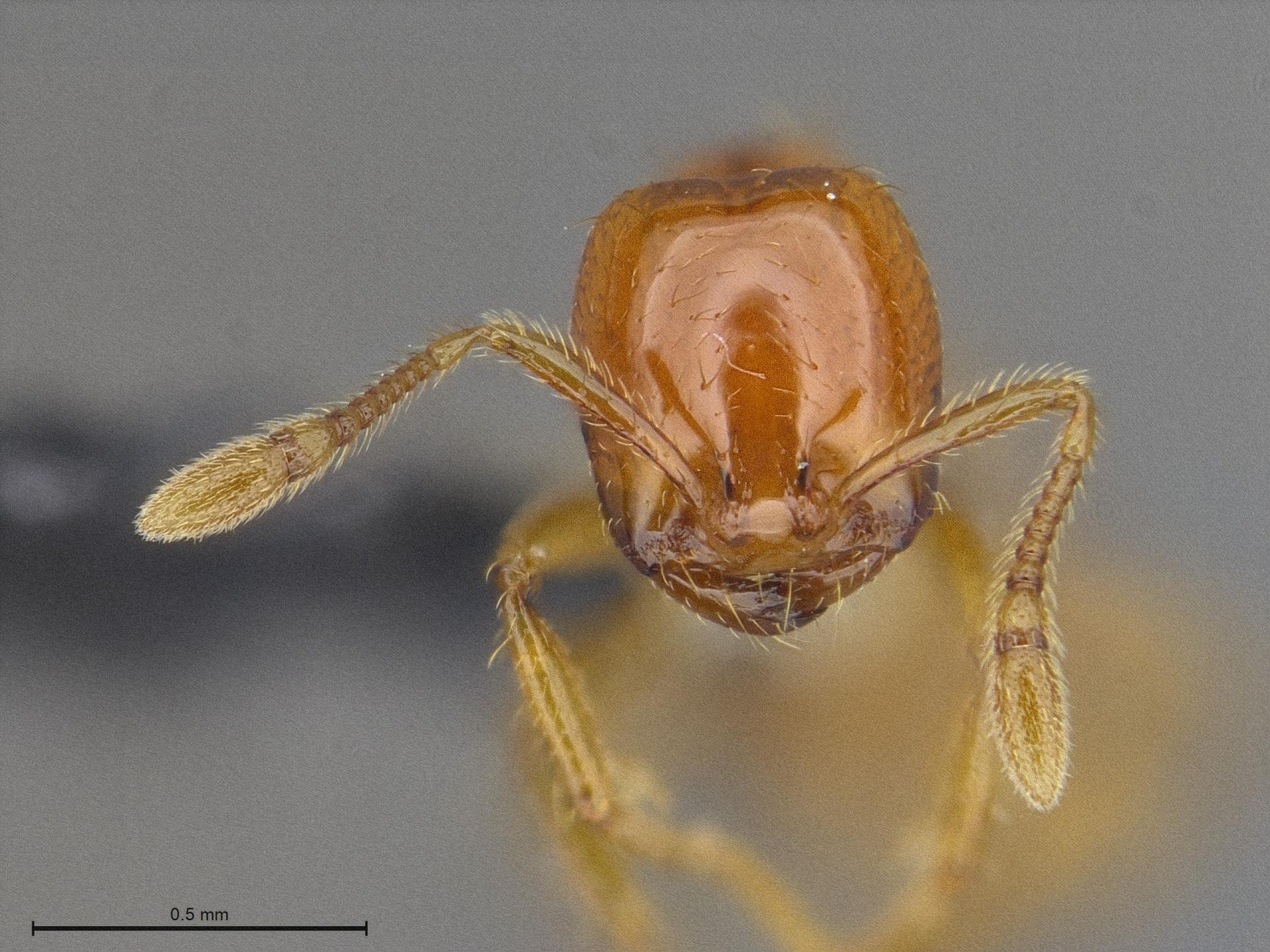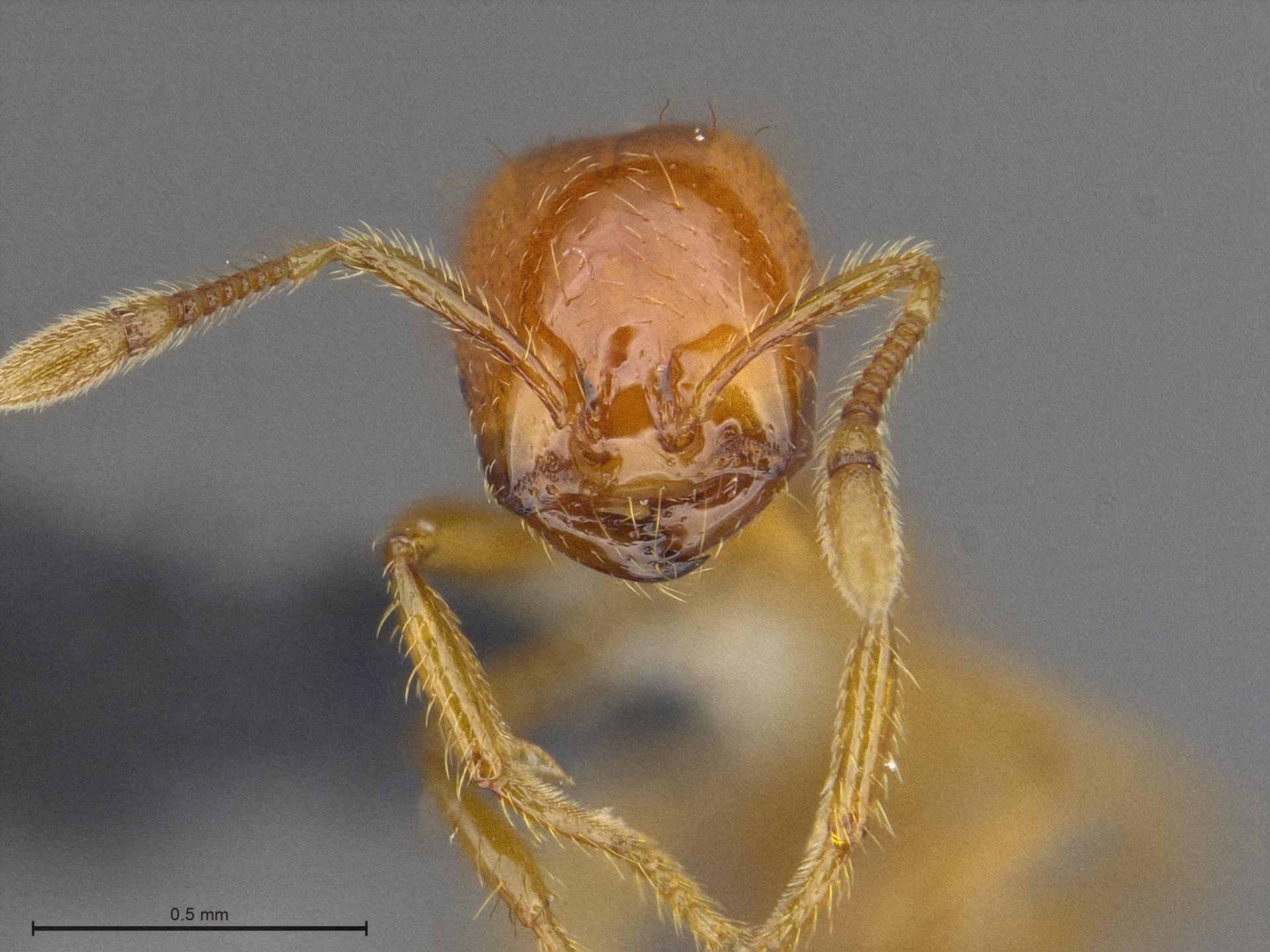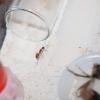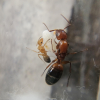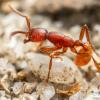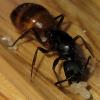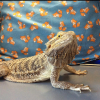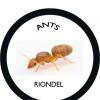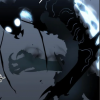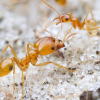It's been a while since I've made a new post here, but this time I've really got something that'll (hopefully) knock some socks off. I discovered a new ant species - and something rare, too.
Now, for some background information so we can get an idea of what I found.
Solenopsis phoretica-group is a species group of inquiline Solenopsis species that use Pheidole as their hosts. Each species appears to be species-specific, meaning that they are only able to parasitize a single Pheidole species. Ignoring my record, 4 species are known from a total of 6 collections:
S. phoretica - Associated with P. dentata
Gilchrist County, Route 47, 2.5 mi. N of junction with Route 232, Florida (1 queen)
Austin, Texas (1 queen)
https://www.antwiki.org/wiki/Solenopsis_phoretica
https://www.alexanderwild.com/Ants/Taxonomic-List-of-Ant-Genera/Solenopsis/i-6c3prbS
https://www.alexanderwild.com/Ants/Taxonomic-List-of-Ant-Genera/Solenopsis/i-FRdSVVf
https://www.alexanderwild.com/Ants/Taxonomic-List-of-Ant-Genera/Solenopsis/i-vChwDDZ
S. enigmatica - Associated with P. antillana
Dominica (W.I.): Pont Casse, trail to Trois Pitons, 15°22.80’N, 61°20’W (2 workers, 1 queen)
Dominica: Cochrane, W Morne Macaque, Middleham Falls trail (3 workers, 1 queen)
https://www.antwiki.org/wiki/Solenopsis_enigmatica
Undescribed Solenopsis sp. - Associated with P. tetra
Brackenridge Field Lab, Texas (1 queen)
Undescribed Solenopsis sp. - Associated with P. bilimeki
Parque Natural Rio La Silla, Monterrey, Nuevo León (1 queen)
https://www.inaturalist.org/observations/122509765
Now, going into what I found:
On November 6th, 2022, I discovered a number of strange yellow-orange workers inside of a Pheidole tepicana colony. These workers were moving within the chambers of the P. tepicana nest. One worker was observed carrying a pupa. After a moment of confusion, I collected 4 of the strange workers alongside 2 supermajors, 2 majors, and 15-20 minor workers of the Pheidole tepicana. For several days these ants were kept alive, and their behaviors documented. The strange orange-ish workers strongly resembled Solenopsis with the naked eye, however no definitive identifications were made until the specimens were sufficiently imaged. No aggression was ever seen between the two species, with the only notable behavior being that the P. tepicana workers would routinely carry the Solenopsis workers, with the latter ants curling up into a pupal position for easier carrying. This behavior was imaged by a friend of mine:
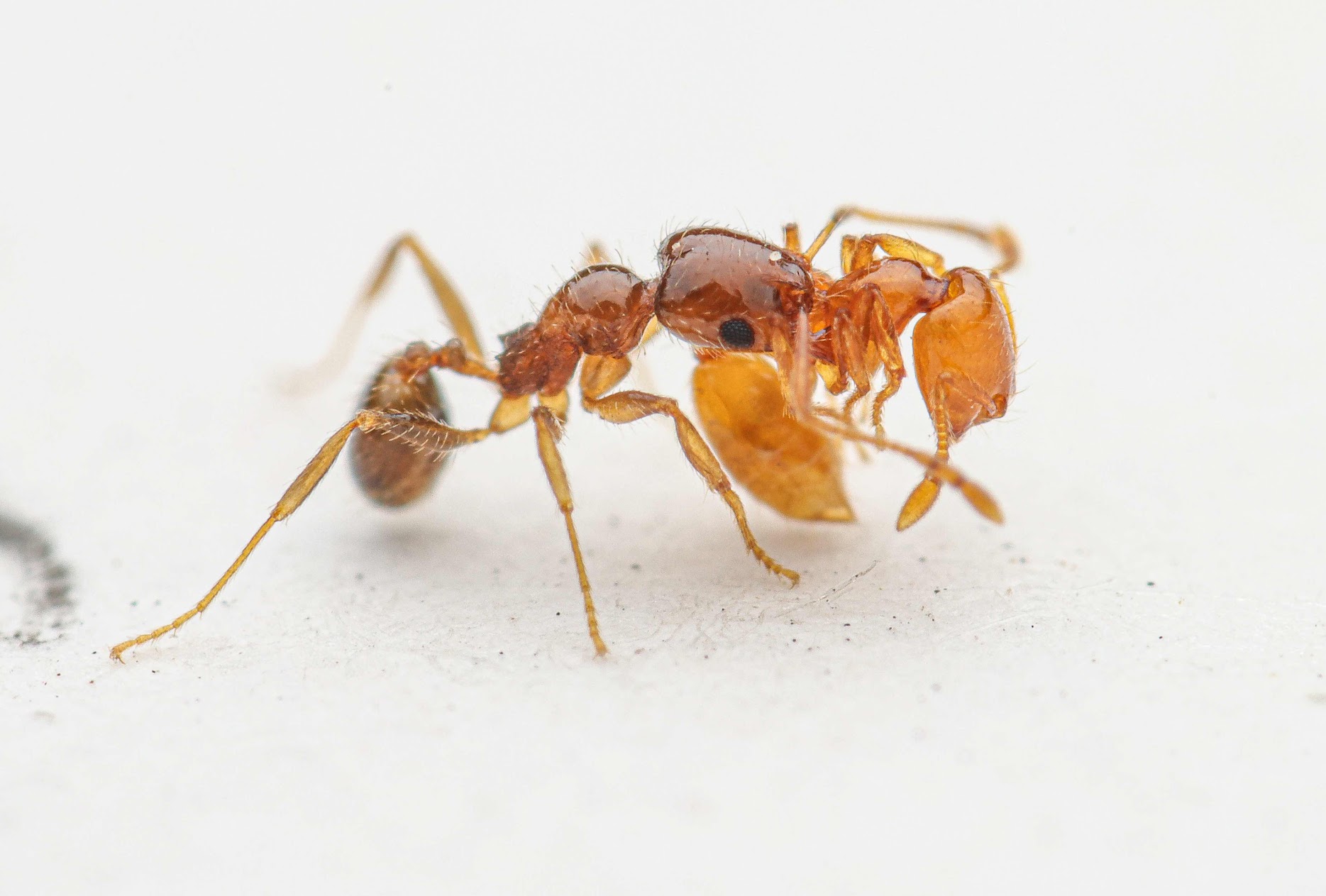
At this point, it was heavily suspected that these ants were in fact Solenopsis, and likely a species in the phoretica-group. To confirm this identification, specimens were taken to Arizona State University's Social Insect Research Group, where two of the four specimens were placed onto point-mounts and imaged. Here is what we found:
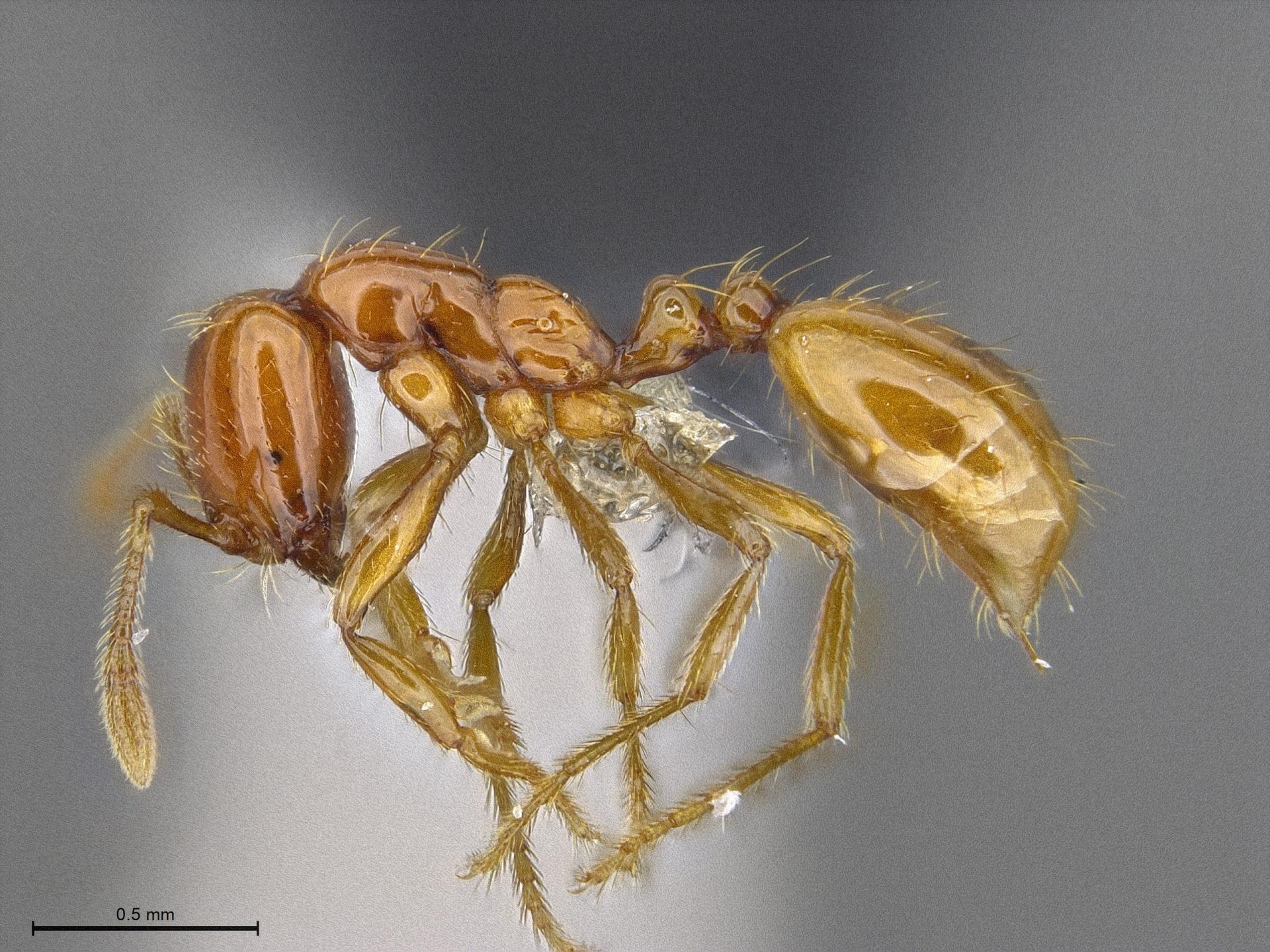
So far, what we can confirm is:
S. phoretica-group species are currently known to be host-specific; one species of Solenopsis has not yet been discovered alongside more than one host species.
The species I have located is S. phoretica-group.
The species I have located uses a host species that has so far been unknown to the group (P. tepicana).
What we can assume is that:
Because S. phoretica-group species are assumed to be host-specific, and the species I have found is using an unknown host, it is very likely that my species has been previously undiscovered.




